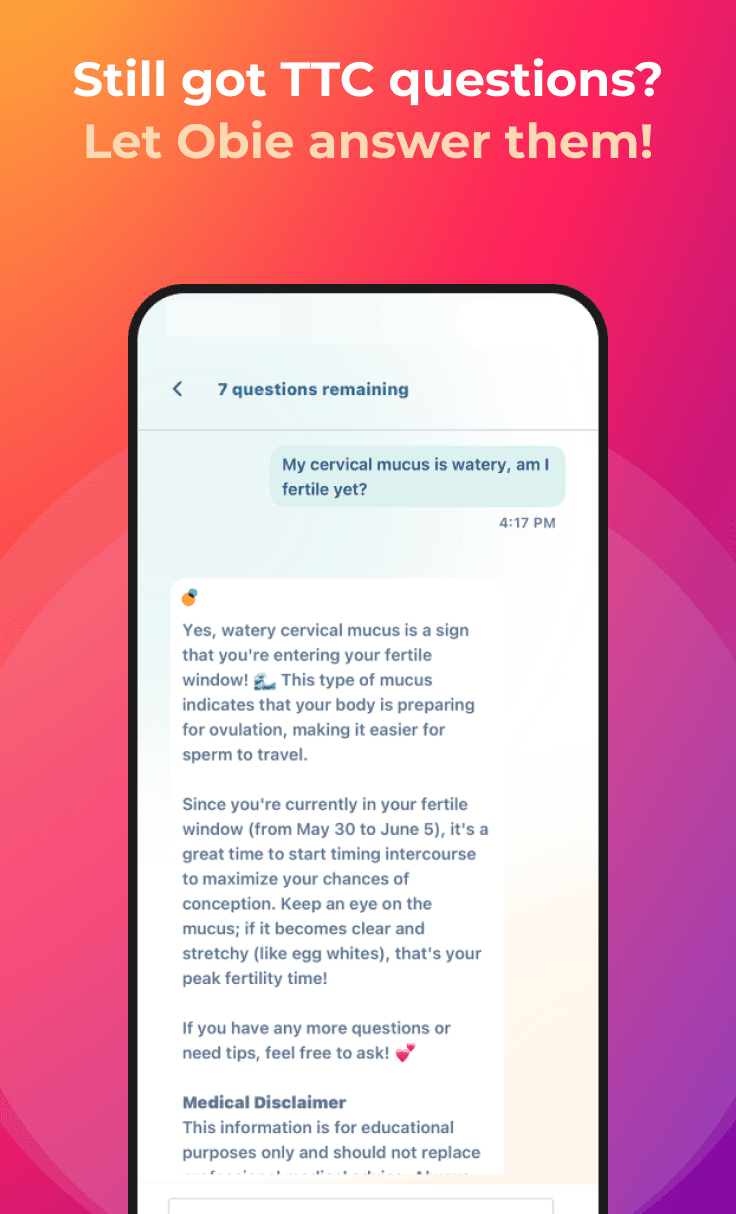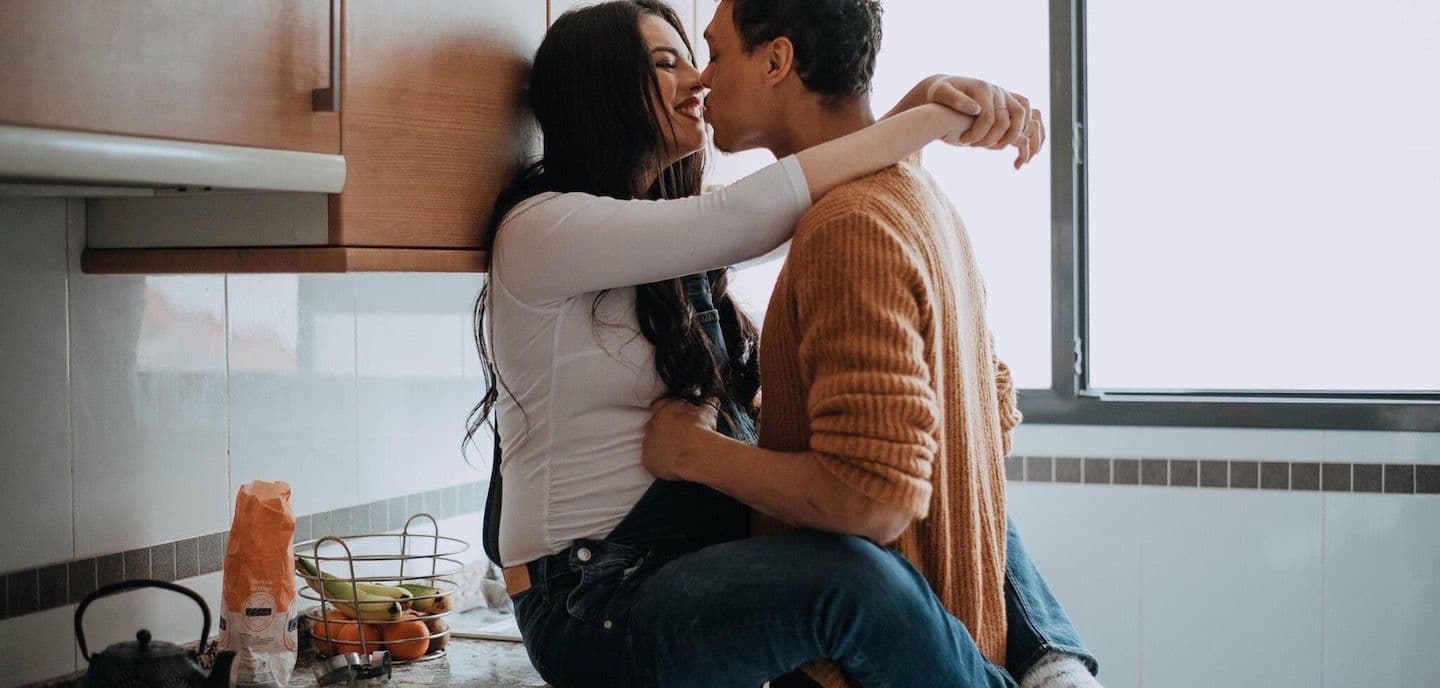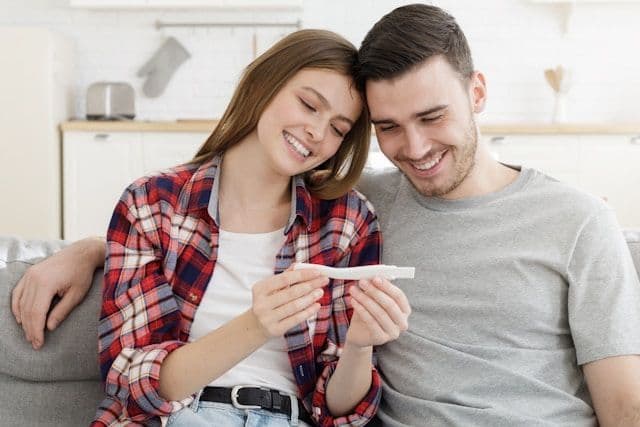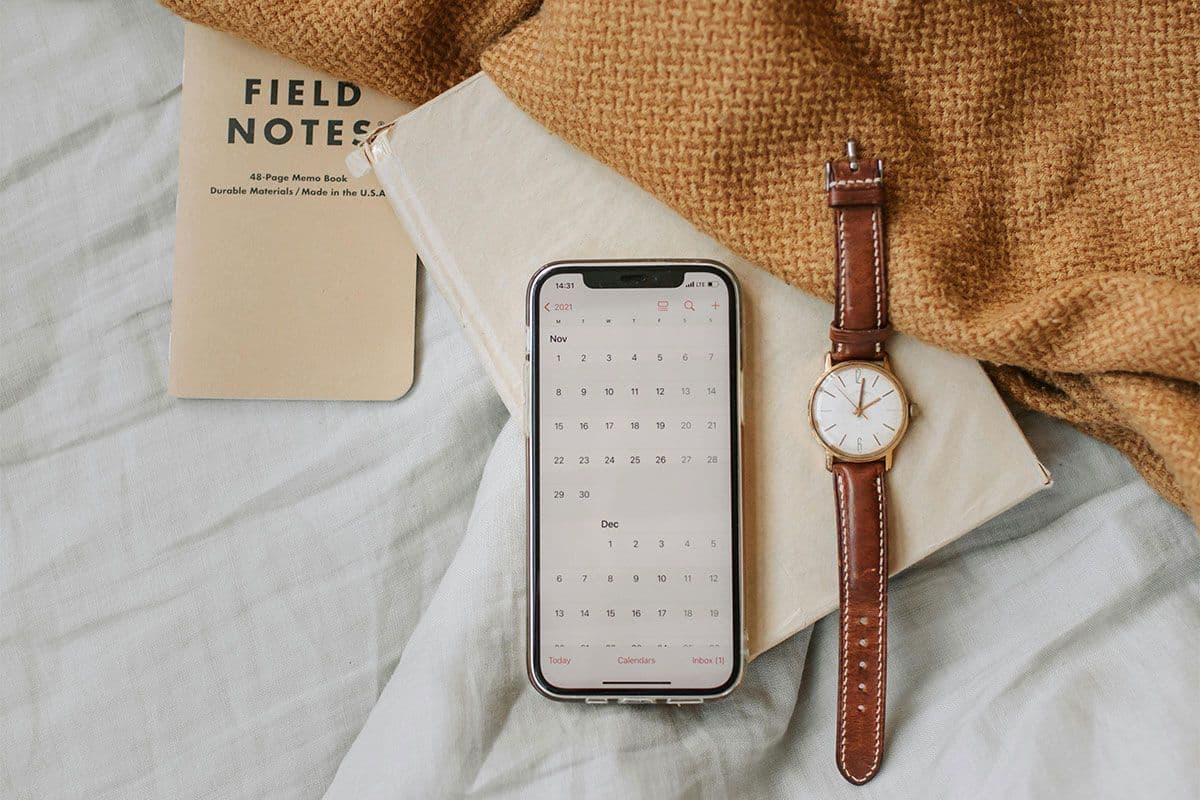After 3 Boys What Will The Next One Be?
Getting Pregnant
Obie Editorial Team
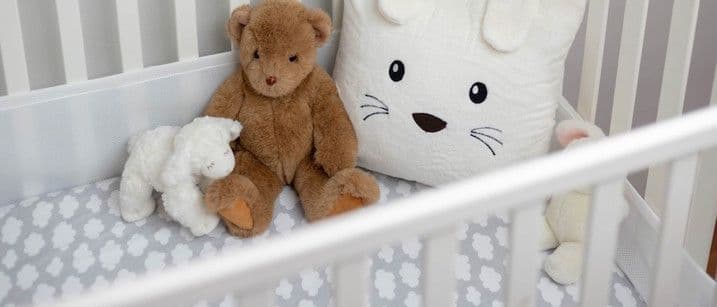
Q: We have 3 children, they are all boys, and we now want another child. Should we give up our hope for a girl?
A: Even after 3 children of the same sex, your chances in the next pregnancy having the same one is about even. Having already 3 boys you may think it’s a foregone conclusion that the next baby is going to be another boy, but in reality, your chances are about equal between a boy and a girl. It’s not that unusual to have 3 children of the same gender in a row. This actually happens in one out of four couples who have 3 children.
Even after 3 children of the same sex, your chances in the next pregnancy having the same one is about even.
How the baby’s gender is determined
- Each of the man’s sperms and each egg carry 23 chromosomes. The sperm and the egg combine at fertilization for a total of 46 chromosomes which come in 23 pairs.
- The 23rd chromosome is called the “sex-chromosome”. In sperms, it is either an X- or a Y-chromosome, while in the woman’s egg it is always X.
- If an X-bearing sperm fertilizes the egg, the resulting 23rd pair is XX, a girl, and if a Y-bearing sperm fertilizes the egg, the result is XY, a boy.
- It is therefore the sperm that decides the baby’s gender: X-bearing sperms result in girls, and Y-bearing sperms in boys.
- In general, X- and Y-bearing sperms are about equally distributed in the ejaculate, so each time there is about an equal 50-50 chance for each gender.
If you already have a boy, the chance that the next baby is also a boy is 50 percent
It’s all a matter of mathematics. A couple having 4 children of the same gender in a row happens actually more often than you might think. In fact, one in eight couples (12.5%) with 4 children have 4 of the same sex.
Here's how it goes:
- Couples with 2 children: 50% of couples have 2 girls or 2 boys, and 50% of couples have 1 girl/1 boy
- Couples with 3 children: 25% of couples have 3 girls or 3 boys, and 75% have 1 boy/2 girls or 1 girl/2 boys
- Couples with 4 children: 12.5% of couples have 4 girls or 4 boys, 37.5% will have 1/3 and 50% will have 2/2.
- Couples with 5 children: 6.25% have 5 the same sex and in couples with 6 children, 3.125% will have the same sex.
|
All same sex |
Different sexes |
||
|
2 children |
50% G/B |
50% B/G |
|
|
3 children |
25% all girl or all boys |
75% BB/G or GG/B |
|
|
4 children |
12.5% all girls or all boys |
37.5% 1B/3G or 1G/3B |
50% BB/GG |
|
5 children |
6.25% all boys or all girls |
25% BBBB/G or GGGG/B |
68.75% GGG/BB or BBB/GG |
|
6 children |
3.125% all boys or all girls |
12.5% BBBBB/G or GGGGG/B |
46.875%: GGGG/BB or BBBB/GG |

